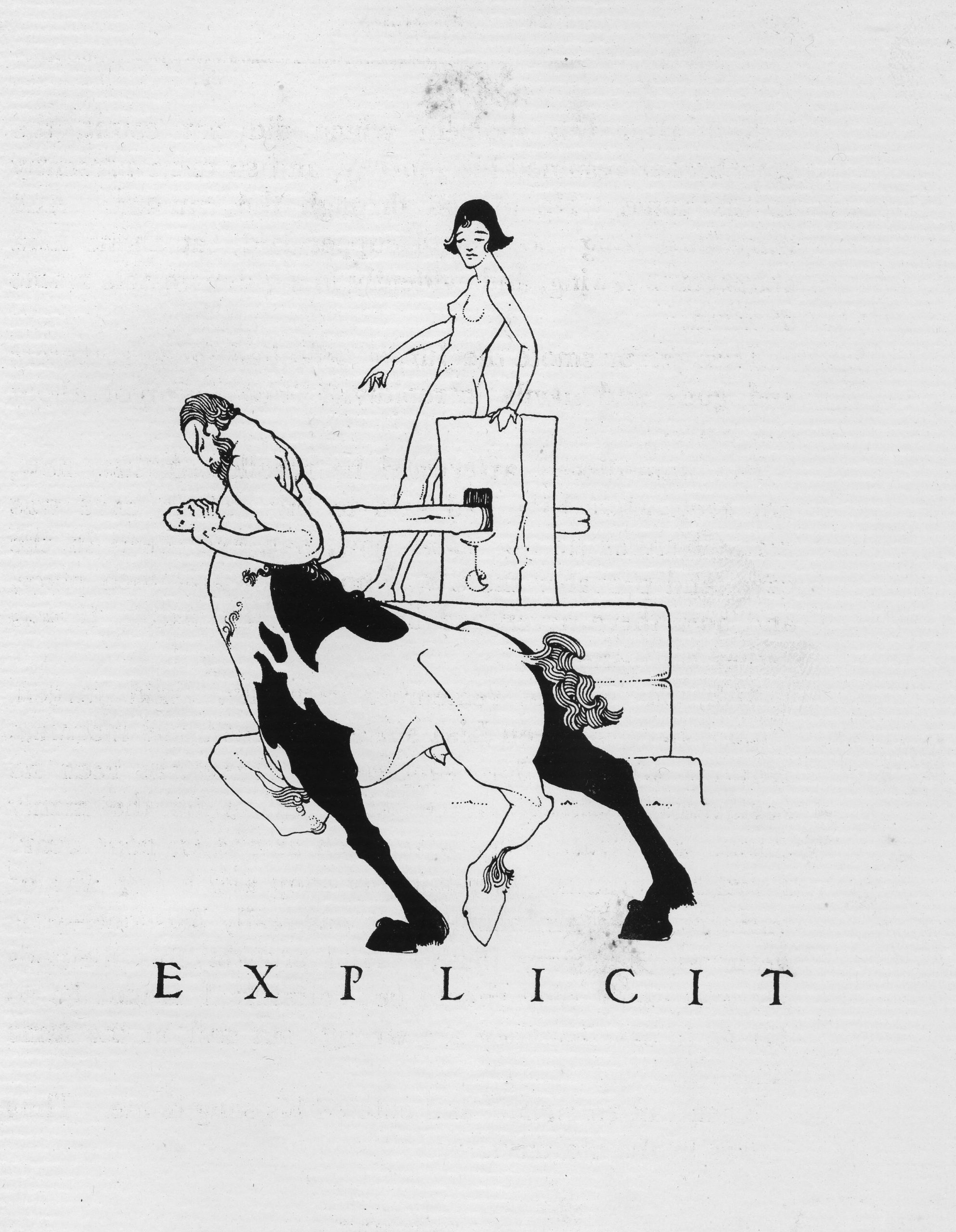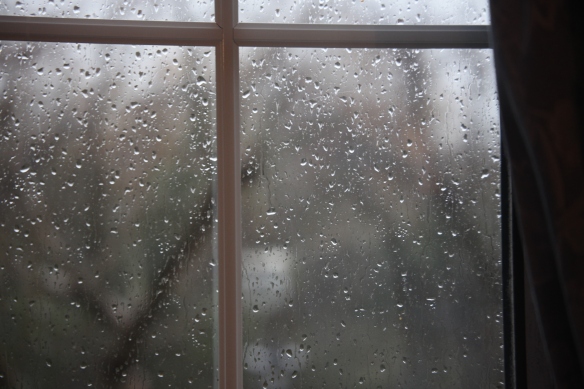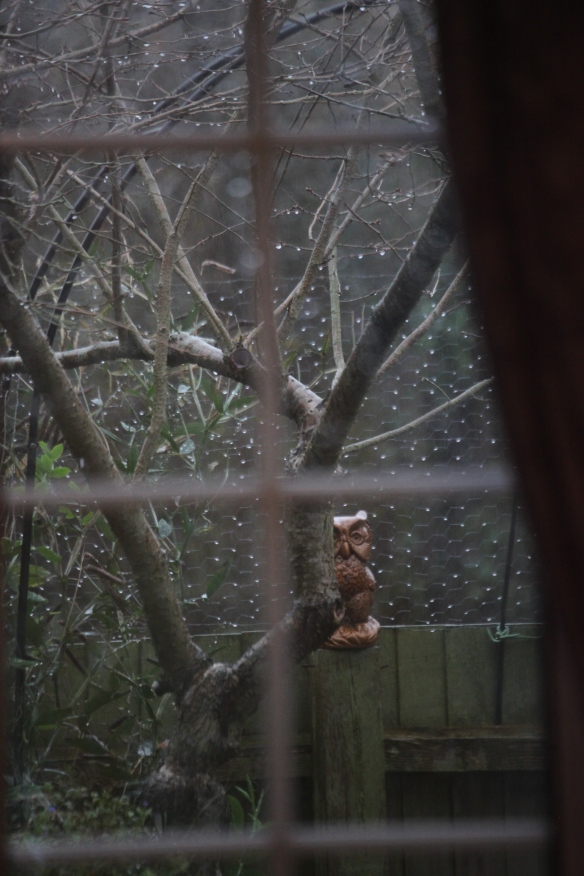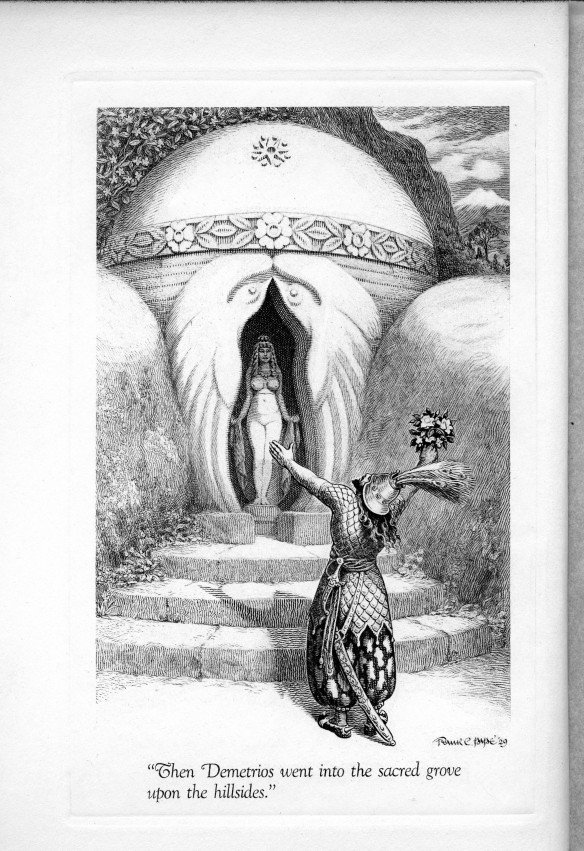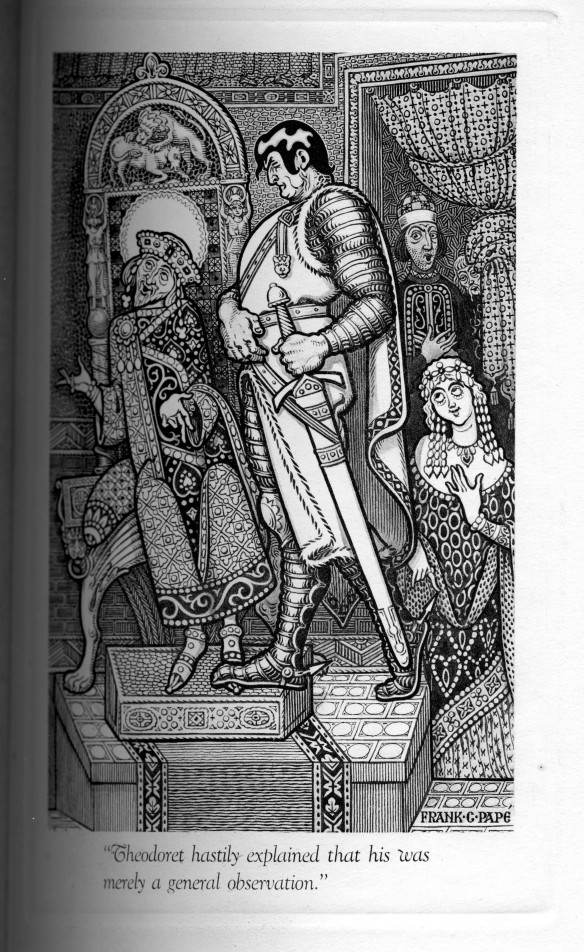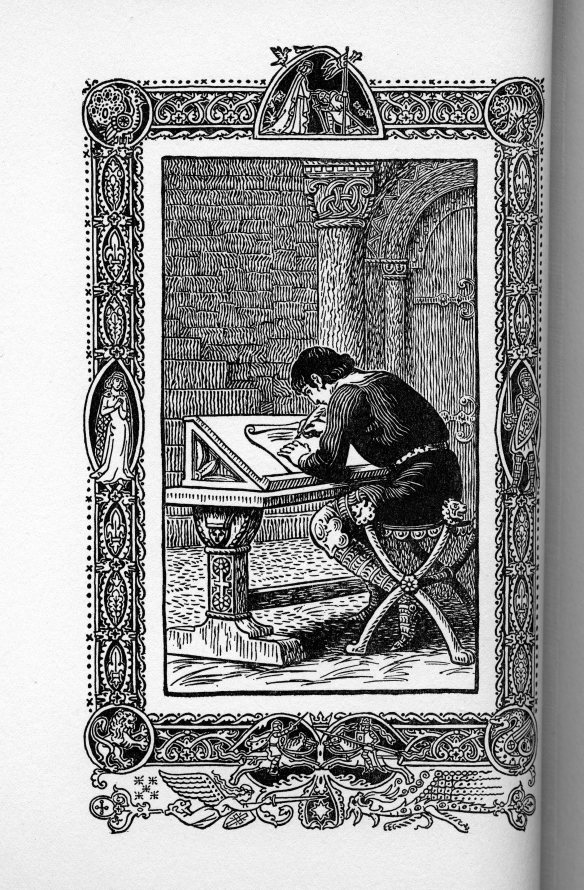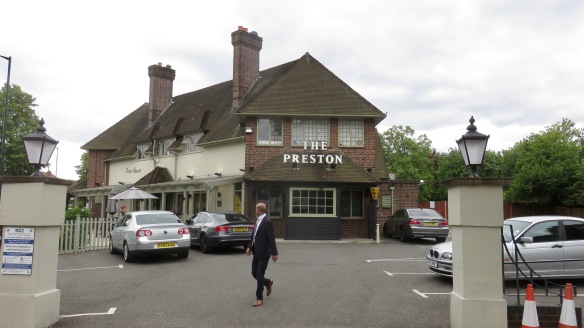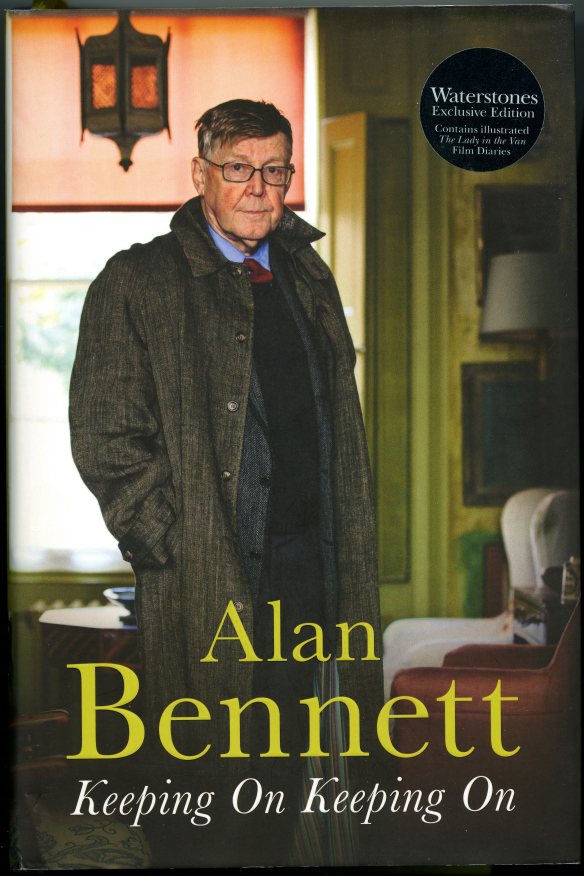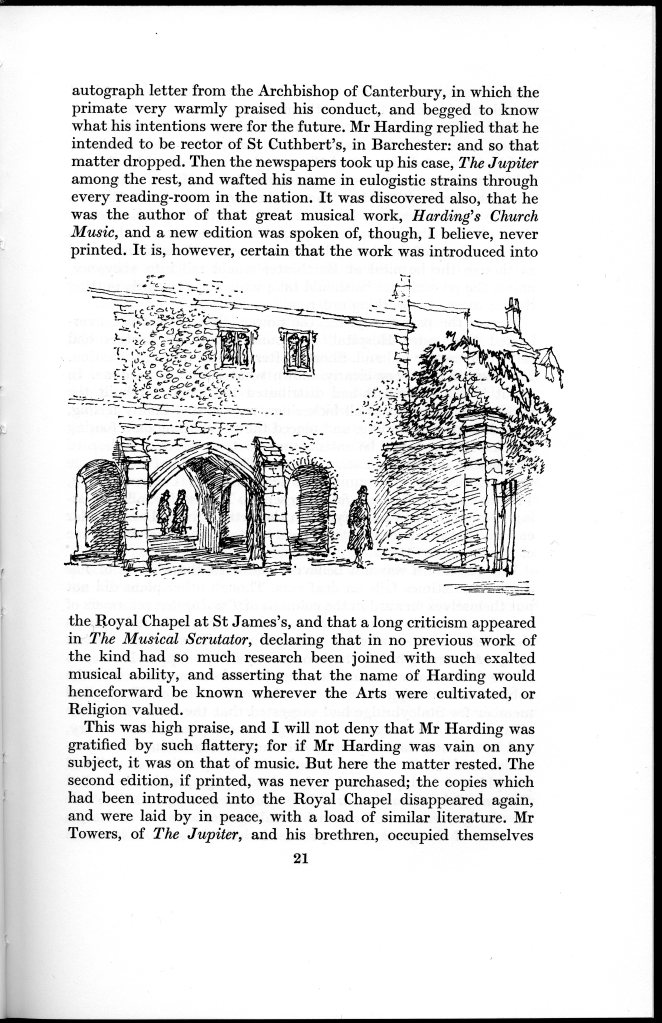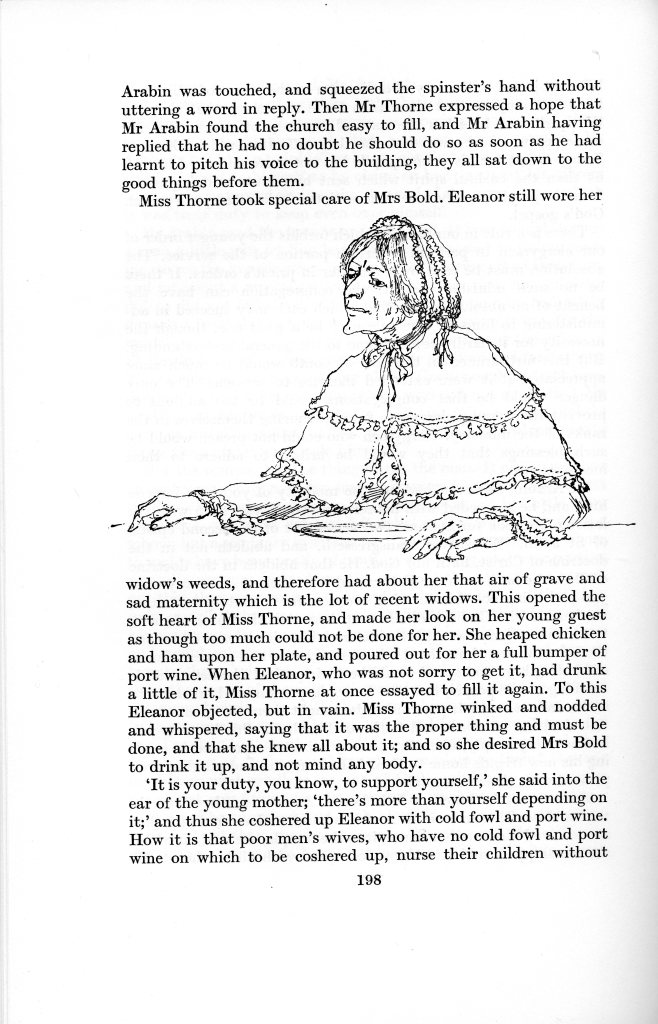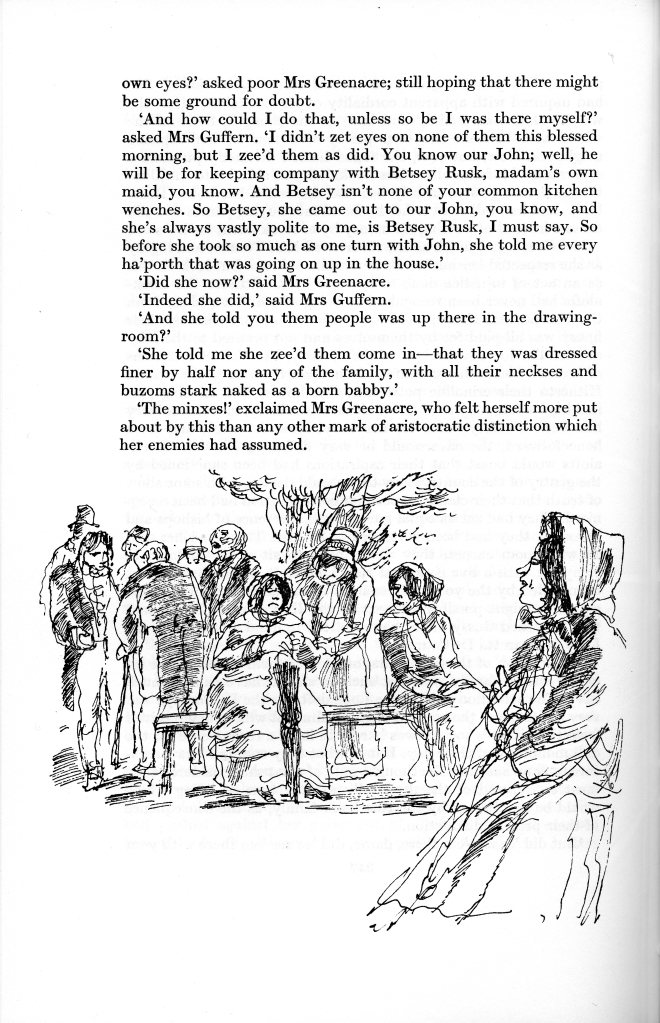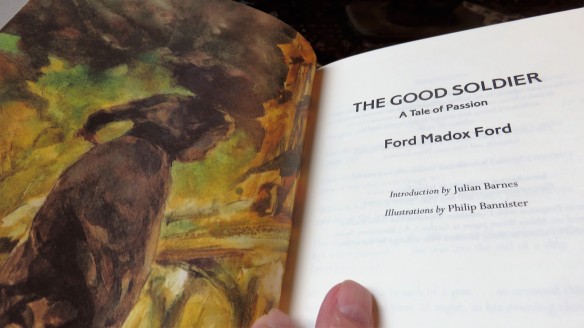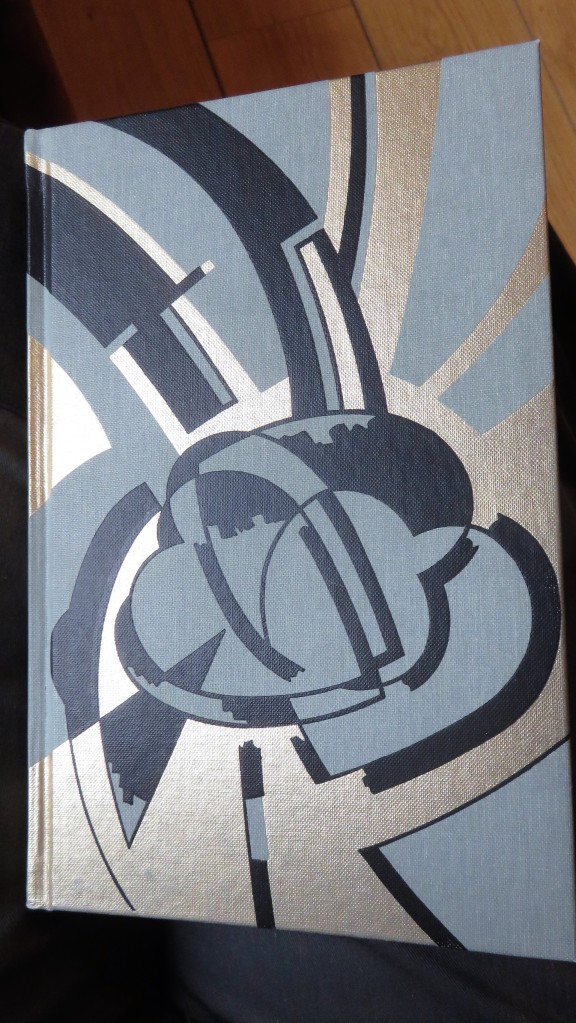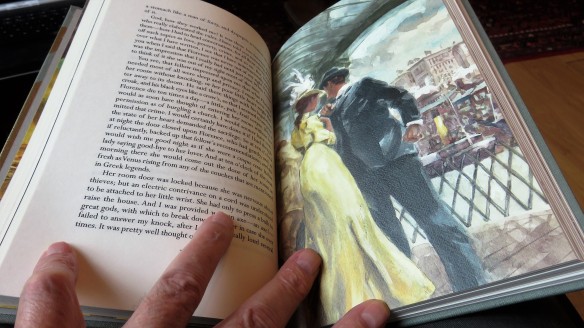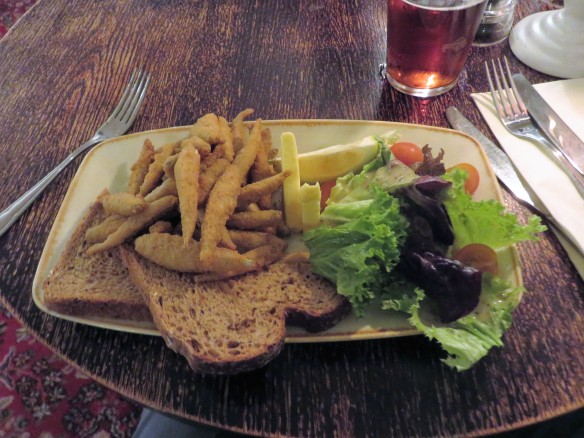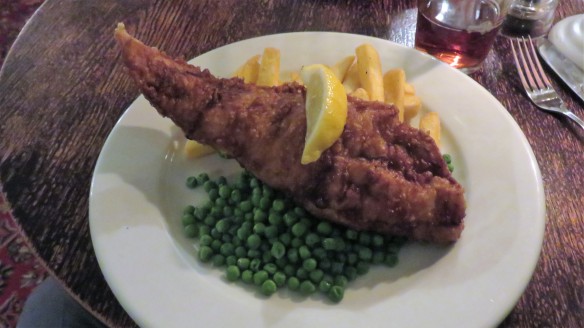CLICK ON ANY IMAGE IN A GROUP TO ACCESS ITS GALLERY, INDIVIDUAL MEMBERS OF WHICH CAN BE VIEWED FULL SIZE BY SCROLLING DOWN AND CHECKING BOX AT BOTTOM RIGHT
A cooler temperature and continuous overcast skies returned today. This gave me a more satisfactory light for photographing pale flowers which I always find difficult in sunshine.
Our later daffodils tend to be more white than yellow;
defying all attempts at eradication white alliums thrust their way through the soil throughout the garden, iberis thrives on the edge of the New Bed, and;
similarly hued tulips, daffodils, and primulas contrast with brighter reds and yellows;
tulips continue fully to open;
as does prunus Amanogawa at the front of the house.
Blue flowers include the first bluebells and prolific forget-me-nots.
I didn’t like Doris Lessing’s ‘The Fifth Child’. But then perhaps I wasn’t meant to. Even the author stated that she hated writing it. Nevertheless this most unpleasant child demanded attention from start to finish, at which I arrived this afternoon. It is a short modern horror story, details of which I will, as usual, refrain from revealing. Save to say that it involves a nightmare birth and terrifying childhood that puts unbearable strain on a happy family. The essence of its success must be that it comes so close to credible and touches the deepest fears of any parent.

Published by Jonathan Cape in 1988, the selection of Mervyn Peake’s ‘Boy Reclining’ as the jacket cover is a masterstroke. The distant, unfocussed, eye in the portrait conjures up our current character and there are echos of the artist’s ‘Gormenghast’ Gothic fantasy series of novels in Ms Lessing’s work. It also reminded me of a cover I once drew for the Queens Park Family Service annual report.
This evening it was warm enough for us to have drinks on the patio before Jackie drove off to Hordle Chinese Take Away to collect our evening meal. While she was out we experienced a heavy hailstorm. This developed into a spectacular electric storm. I drank more of the Fleurie with my dinner.
